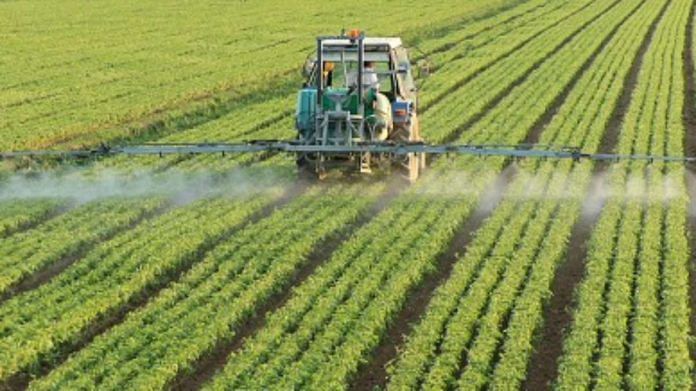Thank you dear subscribers, we are overwhelmed with your response.
Your Turn is a unique section from ThePrint featuring points of view from its subscribers. If you are a subscriber, have a point of view, please send it to us. If not, do subscribe here: https://theprint.in/subscribe/
The earth is currently facing a triple planetary crisis, consisting of climate change, pollution, and biodiversity loss. One of the major contributors to this crisis is agriculture and its allied sectors. Agriculture is responsible for more than one-fourth of greenhouse gas emissions, primarily stemming from activities such as livestock farming, manure production, rice cultivation, crop burning, and deforestation.
Agricultural land covers approximately 4.9 billion hectares, accounting for 38 percent of the world’s terrestrial area. This vast agricultural expanse is estimated to be accountable for 80 percent of global land-use change as forests are cleared or converted for cropland, feed production, and grazing activities. These actions, coupled with conventional tillage practices, lead to land degradation, resulting in the loss of soil fertility, nutrients, and biodiversity. The consequences of land degradation extend beyond environmental and wildlife impacts, affecting various aspects of human life, including social, economic, cultural, and political realms. It contributes to issues such as poverty, inequality, migration, and health problems. Furthermore, land degradation has far-reaching effects, extending into marine and freshwater systems.
Every year, approximately 24 billion tons of fertile land are lost due to desertification caused by land degradation. This loss has adverse effects on the climate and the environment surrounding us. Restoring the degraded soil of such lands becomes a one of the essential tools in combating the climate crisis. Additionally, land restoration has the potential to sequester up to 3 million tons of carbon annually.
Regenerative agriculture emerges as a powerful tool in this direction. It represents an approach to farming practices and land management that prioritizes soil health and supports the overall ecosystem, including water, land, and air environments.
The concept of regenerative agriculture was initially highlighted by the Rodale Institute in the early 1980s. Rather than focusing on a specific practice, regenerative agriculture is a combination of various methods, including reduced tillage, composting, cover cropping, increased crop density, crop rotation, agroforestry, precision agriculture, and managed grazing, among others.
The primary aim of regenerative agriculture is to mitigate climate change by actively drawing carbon from the atmosphere and sequestering it in the soil. This approach involves a conservation and rehabilitation strategy that not only enhances soil’s water absorbency, nutrients and organic matter but also improves crop productivity and promotes biodiversity. By strengthening the health and vitality of farm soil, regenerative agriculture increases the resilience of land to climate change. The key principle of regenerative agriculture includes maximizing the recycling of farm waste and invest in the long term health of land. As soil health improves, it also improves the land resilience against extreme weather events and pest outbreaks along with erosion reduction, better water retention and improved nutrient cycling. This helps to minimize the use of synthetic fertilizers, pesticides, and other costly inputs.
Overall, regenerative agriculture has the potential to improve farmers economic conditions by increasing productivity, reducing agriculture input costs, diversifying income streams, and providing premium produce options through organic farming. Crop rotation, cover cropping, and agroforestry further helps with diversified economic opportunities throughout the year and increases resilience to market fluctuations.
These pieces are being published as they have been received – they have not been edited/fact-checked by ThePrint.
Also Read: Global rice importers seek government deals as India’s export ban curbs supplies

